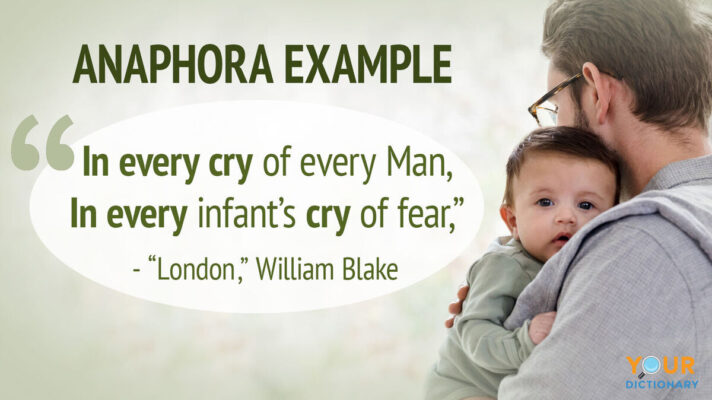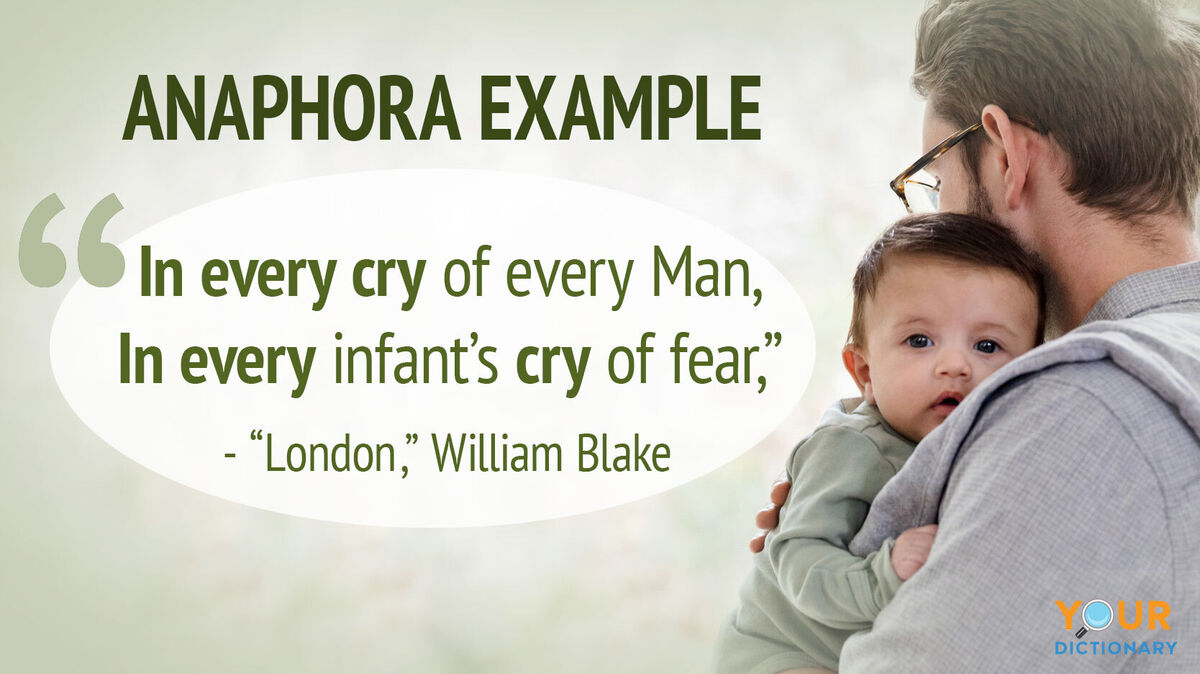Anaphora in Poetry:
Anaphora is a literary device commonly used in both prose and poetry. It refers to the repetition of a word or phrase at the beginning of successive clauses or lines. In poetry, anaphora creates a sense of rhythm, emphasis, and unity, and it can also convey emotional intensity. It allows the poet to reinforce a particular theme, idea, or feeling, while also adding a musical quality to the poem through repetition.
How Anaphora Works in Poetry:
- Repetition for Emphasis: Anaphora draws attention to a particular phrase or word by repeating it at the start of multiple lines or verses. This repetition emphasizes the significance of that word or phrase and can evoke strong emotions in the reader or listener.
- Rhythm and Musicality: The repetitive nature of anaphora contributes to the rhythm of a poem. It gives the poem a lyrical, almost chant-like quality, making it more memorable and impactful.
- Building a Theme: Anaphora can be used to build a central theme or idea. As the repeated phrase or word accumulates in the poem, it often grows in meaning and significance. The repetition creates a sense of movement, and each iteration deepens the understanding of the theme.
Examples of Anaphora in Poetry:
- Charles Dickens’ “A Tale of Two Cities” (although not strictly a poem, the anaphora in this passage has a poetic quality):
“It was the best of times, it was the worst of times, it was the age of wisdom, it was the age of foolishness…”
In this famous opening line, the repetition of “it was” at the beginning of each clause creates a rhythm and emphasizes the contrast between the opposing forces.
- Walt Whitman’s “Song of Myself”:
“I celebrate myself, and sing myself,
And what I assume you shall assume,
For every atom belonging to me as good belongs to you.”Here, the repetition of “I” at the beginning of each line gives the poem a strong sense of individuality and self-celebration.
- Martin Luther King Jr.’s “I Have a Dream” speech (again, not a poem, but it uses anaphora in a poetic way):
“I have a dream that one day this nation will rise up and live out the true meaning of its creed.
I have a dream that one day on the red hills of Georgia, the sons of former slaves and the sons of former slave owners will be able to sit down together at the table of brotherhood.”The repetition of “I have a dream” in this speech serves to emphasize the hope for a better future and creates a rhythmic, almost musical flow.

Why Anaphora is Used in Poetry:
- Emotional Impact: By repeating a phrase, anaphora enhances the emotional impact of the poem. It can evoke a sense of urgency, longing, hope, or despair, depending on the context in which it is used.
- Unity and Cohesion: Repetition helps create a feeling of unity and cohesion within the poem. It ties together the different parts of the poem, making it feel like a whole rather than disjointed ideas or images.
- Pacing: Anaphora can control the pacing of a poem. Repeated phrases slow down the rhythm of the poem, creating a meditative or reflective quality. This can be particularly powerful in moments of deep contemplation or heightened emotional expression.
Conclusion:
Anaphora is a potent poetic device that enhances the emotional and rhythmic quality of a poem. It allows poets to create a strong sense of emphasis, unity, and musicality, while also conveying deeper meanings through the repetition of key phrases or words. Whether used to underscore a theme, generate rhythm, or evoke emotion, anaphora plays a crucial role in shaping the impact of a poem.

